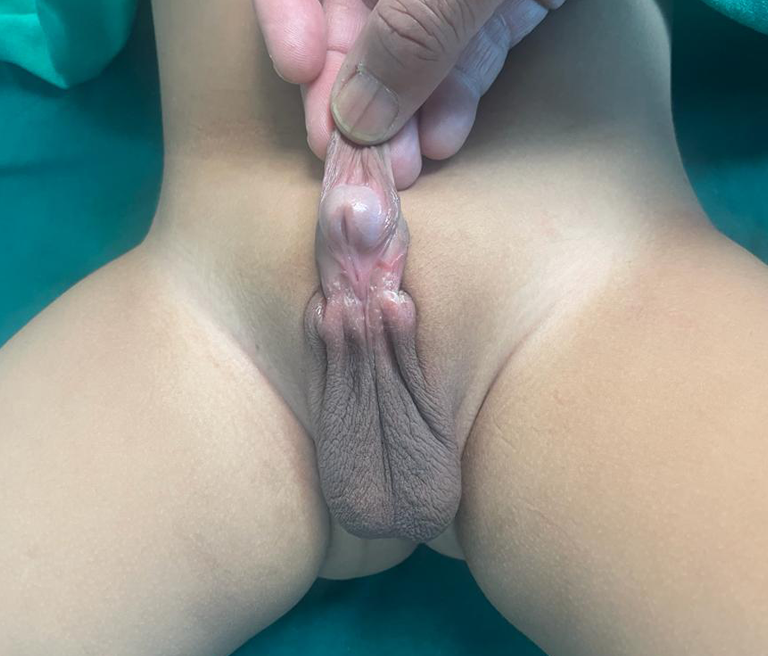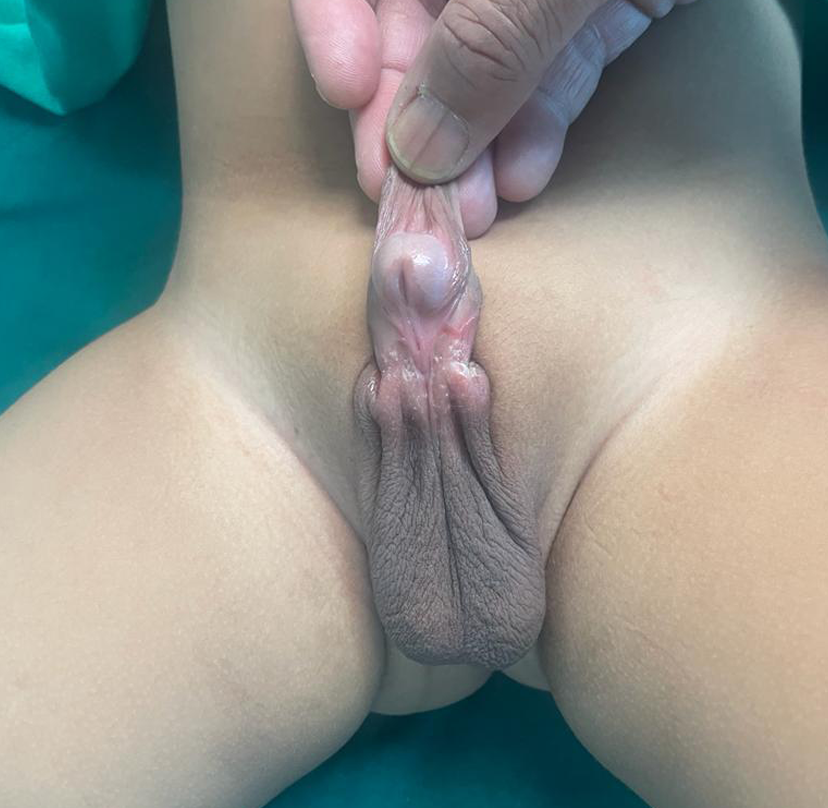Hypospadias
The urethra's entrance is not near the tip of the penis, but rather on the bottom in a condition known as hypospadias (hi-poe-SPAY-dee-us). The tube that allows urine to leave your body after leaving your bladder is the urethra.
Hypospadias is frequent and has no negative effects on how you should care for your baby. Surgery typically returns your child's penis to its original look. Most males with hypospadias can have normal urination and reproduction with effective therapy.
Congenital hypospadias is present at birth. A male fetus's foreskin and urethra form as the penis develops, in response to particular hormones. When these hormones fail to operate as intended, the urethra develops improperly, which results in hypospadias.


